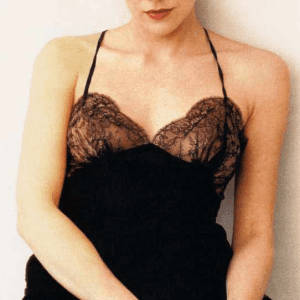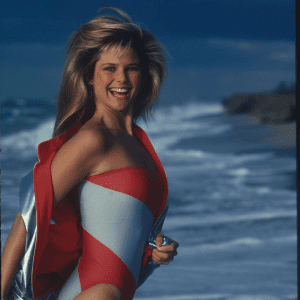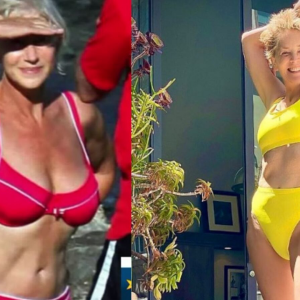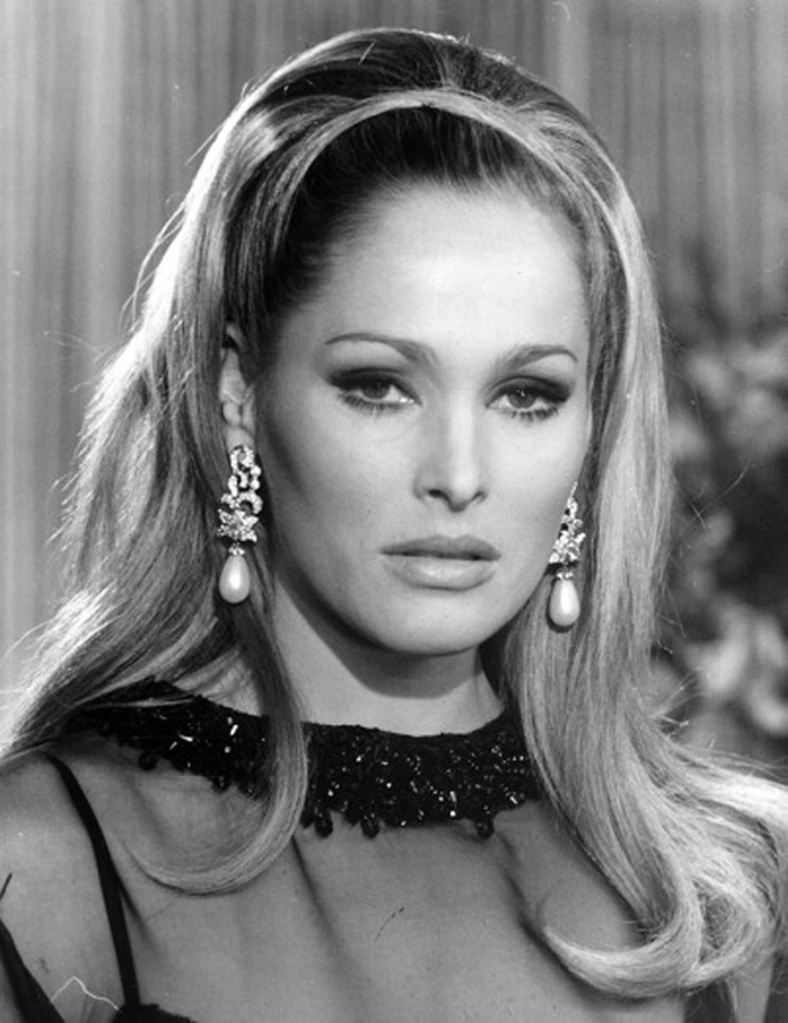
Every era has a woman who defines beauty, strength, and charisma — and for the 1960s, that woman was Ursula Andress. Born on March 19, 1936, in Ostermundigen, Switzerland, she grew up surrounded by the serene Alps but dreamed of something far bigger. Her story isn’t just about fame; it’s about courage, self-discovery, and the kind of presence that can light up an entire generation.
Video: DR. NO | Bond meets Honey
The Breakthrough That Made History
Before the fame and the red carpets, Ursula was simply a young woman with a dream. After studying at the Max Reinhardt Seminar in Vienna, she moved to Paris — the heart of art and cinema — to chase opportunity. Those early days were humble, filled with small film appearances across Europe. Then came the moment that changed everything: she was chosen to play Honey Ryder in Dr. No, the very first James Bond film.
The moment she walked out of the turquoise waters in that now-famous white bikini, the world stopped. It wasn’t just about beauty — it was about confidence. Ursula’s Honey Ryder was fearless, mysterious, and mesmerizing. That single scene defined her career and carved her name into cinematic history.
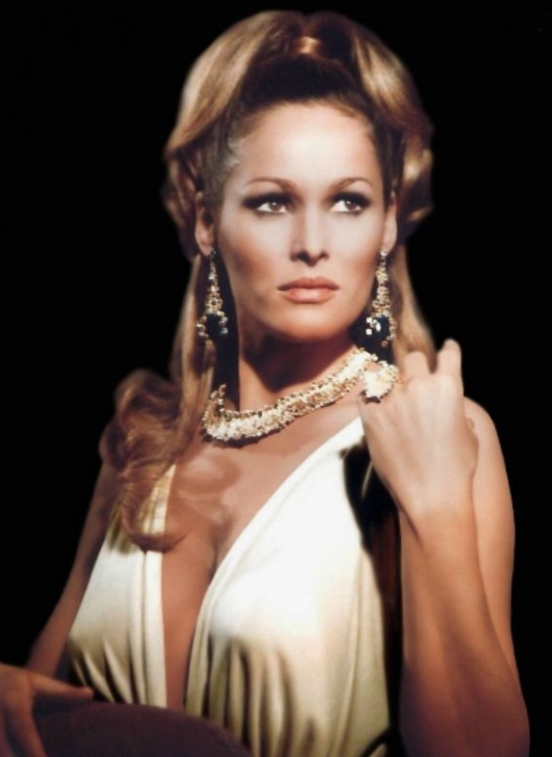
How Honey Ryder Changed Film Forever
What made Ursula’s portrayal so special wasn’t only her looks — it was her energy. She played Honey Ryder as a woman of both innocence and power, a character who stood her ground. At a time when women in film were often portrayed as secondary, Ursula flipped the narrative. She showed that femininity could coexist with strength, that allure could walk hand in hand with independence.
That’s why, even today, her Dr. No performance remains one of the most unforgettable moments in film history. Every Bond girl that followed owes something to Ursula’s pioneering role.
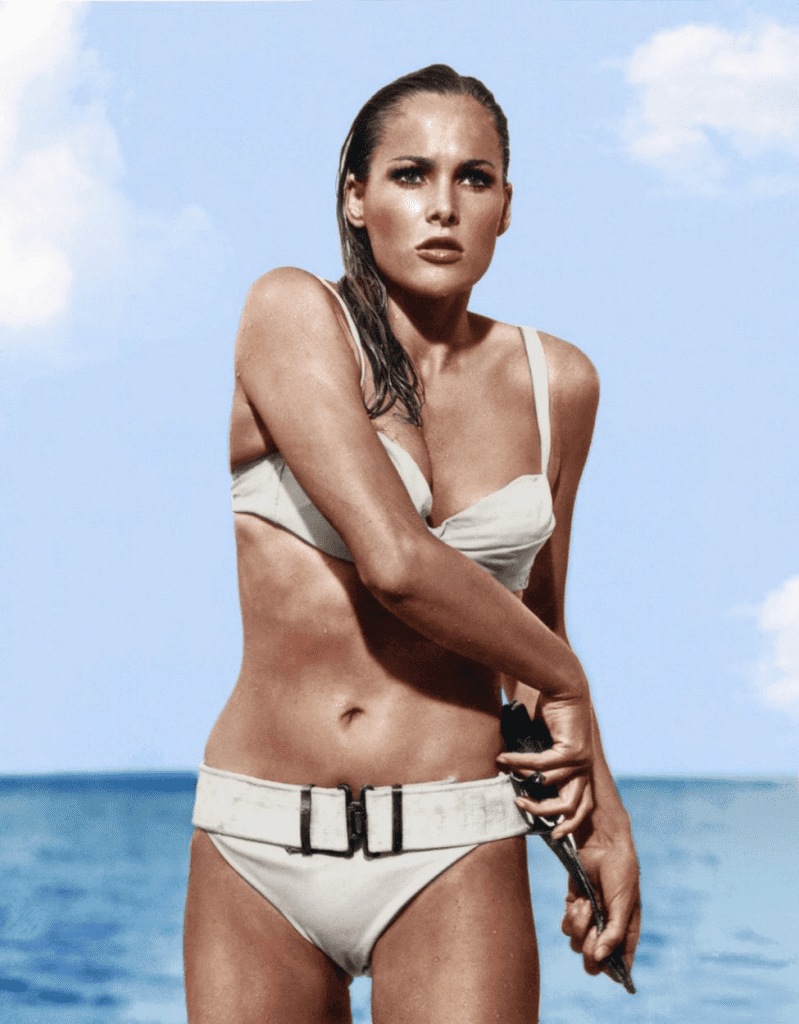
More Than Just a Beautiful Face
While the world labeled her an icon of allure, Ursula refused to be confined by that title. She explored diverse roles that showcased her versatility — from the playful charm of What’s New Pussycat? (1965) to the avant-garde world of The 10th Victim (1965). In The Blue Max (1966) and The Southern Star (1969), she demonstrated depth, emotion, and range far beyond what many expected.
Her characters were never flat or forgettable. She brought a quiet intensity to every performance, proving she was more than an image — she was a storyteller.
Video: A MONTANHA DOS CANIBAIS Ursula Andress
A Woman of Mystery and Dignity
Unlike many stars of her era who lived their fame loudly, Ursula chose silence and grace. She guarded her private life with care, revealing little to the press. That air of mystery made her even more captivating — like a masterpiece painting that invites endless interpretation.
Her humility made her different. She wasn’t chasing headlines; she was chasing meaning. Perhaps that’s why her name still feels like a whisper of elegance decades later.
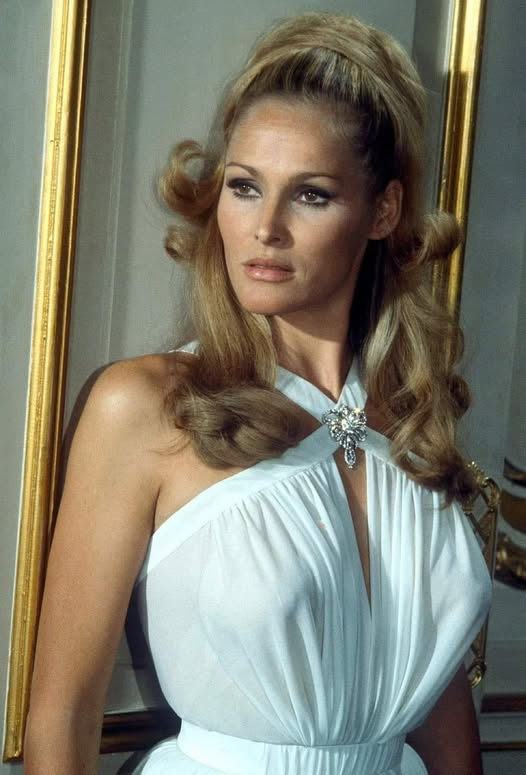
The Shift to Mature Roles and a Lasting Presence
In the 1970s and 1980s, as Hollywood changed, Ursula evolved with it. She took on fewer roles but approached each with purpose. Her collaboration with William Holden in The Earthling (1972) marked a beautiful transformation — from glamour queen to emotionally nuanced actress.
Even when she stepped away from constant spotlight, the industry never forgot her. She appeared occasionally in television and special projects, each time reminding audiences of her timeless magnetism.
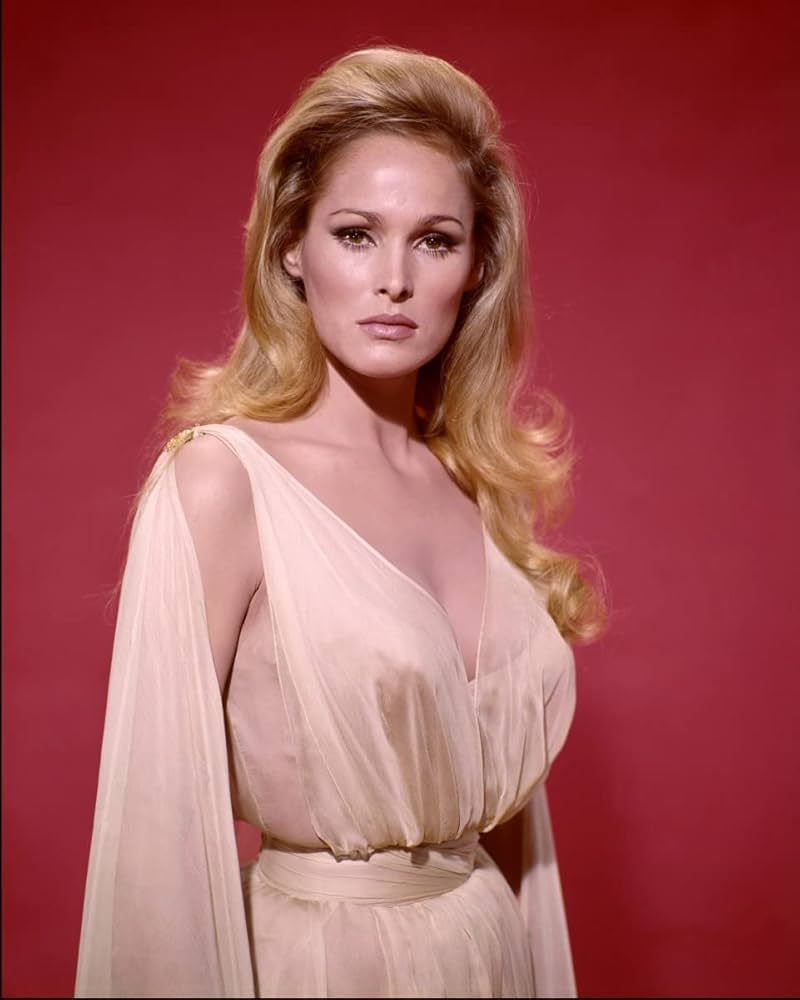
The Power of Legacy
Ursula Andress didn’t just make history — she became history. She paved the way for strong, independent women in film and redefined how audiences viewed beauty. Her influence is woven through generations of actresses who followed in her footsteps.
Video: Timeless Beauty Unveiled: The Stunning Evolution of Ursula Andress in Captivating Photographs
She remains a benchmark for sophistication and grace, a woman who proved that confidence never fades. Her name still appears in retrospectives, tributes, and fashion references, each one celebrating her ageless influence.
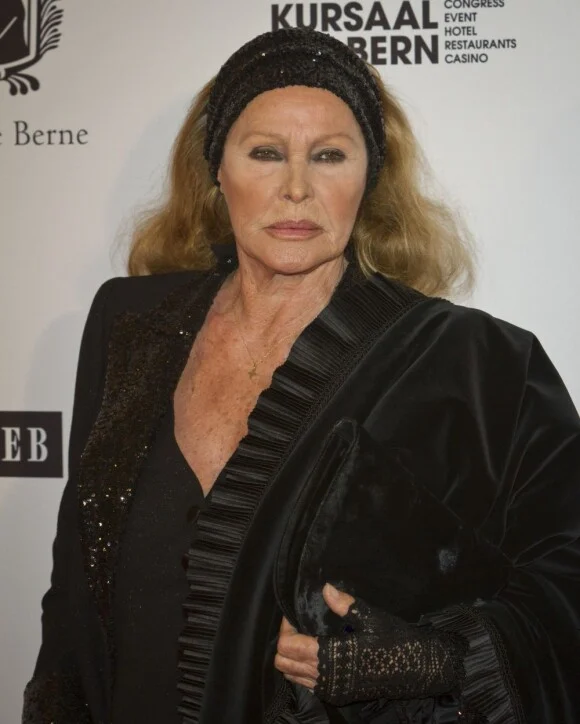
Why Ursula Still Captivates the World
Even at 89, Ursula’s presence still radiates warmth and dignity. She carries the same quiet strength that once stunned audiences in Dr. No. Her journey reminds us that true allure comes not from perfection but from authenticity. She’s proof that beauty is more than appearance — it’s attitude, it’s energy, it’s timeless spirit.
Her story continues to inspire anyone who believes that dreams can rise from humble beginnings and echo through generations.
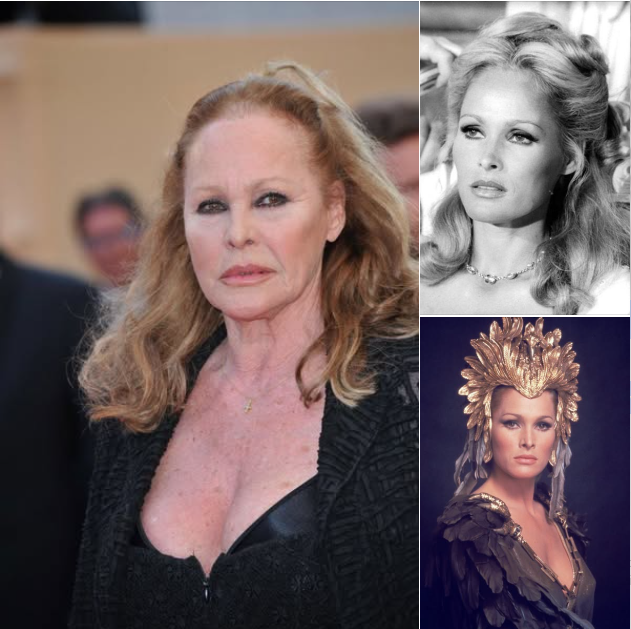
Ursula Andress is more than an actress — she’s a symbol of transformation, grace, and timeless confidence. From her early days in Switzerland to her global rise as Hollywood royalty, she never stopped being true to herself.
Her performance as Honey Ryder will forever shimmer in the collective memory of cinema, but her true legacy lies in something deeper — the courage to be both powerful and gentle, mysterious yet real. Ursula didn’t just walk out of the ocean that day; she walked into eternity, leaving behind waves that will never fade.
